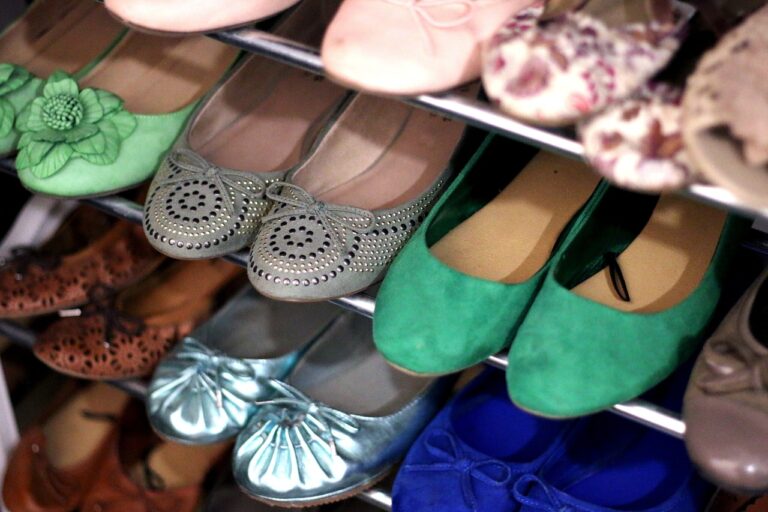Exploring the World of Plus-Size Fashion: Challenges and Opportunities
Despite increasing emphasis on diversity and inclusivity in various industries, the mainstream fashion industry continues to fall short in terms of size inclusivity. Many brands predominantly cater to straight-sized individuals, neglecting the diverse range of body shapes and sizes that exist in reality. This exclusionary approach not only limits the options available to plus-size consumers but also perpetuates harmful stereotypes and ideals of beauty.
The lack of size inclusivity in mainstream fashion also reflects a broader issue of systemic discrimination and marginalization. By not offering a wide range of sizes, these brands inadvertently send a message that certain body types are less deserving of stylish and quality clothing. This exclusion not only affects the self-esteem and confidence of plus-size individuals but also hinders the progress towards a more inclusive and accepting society.
Stereotypes and Stigma Surrounding Plus-Size Fashion
The stereotypes surrounding plus-size fashion have long perpetuated damaging misconceptions about individuals who do not fit into traditional beauty standards. This stigma often portrays plus-size individuals as lacking discipline or self-control, reinforcing harmful societal norms that equate thinness with worthiness. These misconceptions can lead to feelings of inadequacy and exclusion among those who do not conform to narrow ideals of beauty and size.
Moreover, the stigmatization of plus-size fashion further marginalizes individuals who do not fit into mainstream sizes. This exclusion sends a message that only those who fit into a limited size range are deserving of fashionable clothing, perpetuating a cycle of discrimination and inequality within the fashion industry. By challenging these stereotypes and shifting societal perceptions, we can work towards a more inclusive and accepting environment for individuals of all sizes to express themselves through fashion.
Why is there a lack of size inclusivity in the mainstream fashion industry?
The mainstream fashion industry has traditionally focused on promoting smaller sizes, leading to a lack of representation and options for plus-size individuals.
What are some common stereotypes and stigma surrounding plus-size fashion?
Some common stereotypes include the belief that plus-size individuals are lazy or lack self-control, while stigma can manifest in the form of limited options and discrimination in the fashion industry.
How can we combat stereotypes and stigma surrounding plus-size fashion?
By promoting body positivity, advocating for size inclusivity in the fashion industry, and challenging harmful stereotypes, we can help break down barriers and create a more inclusive and accepting environment for all body types.







